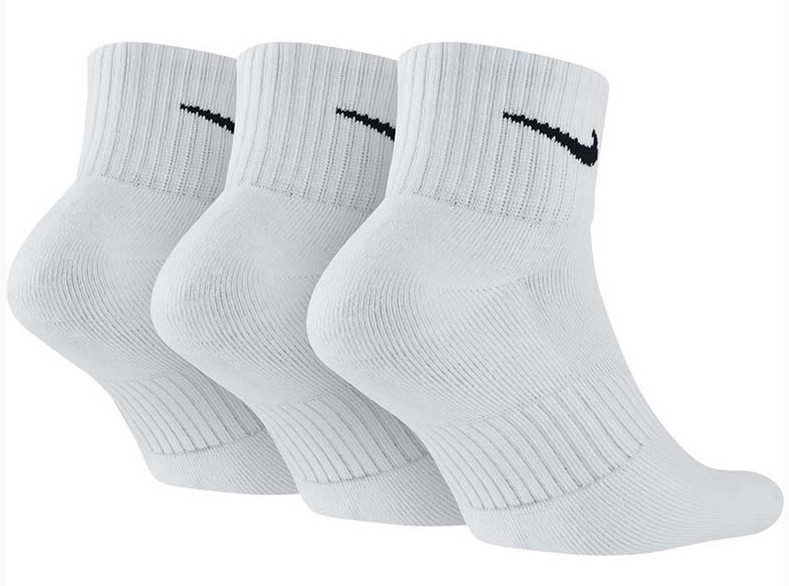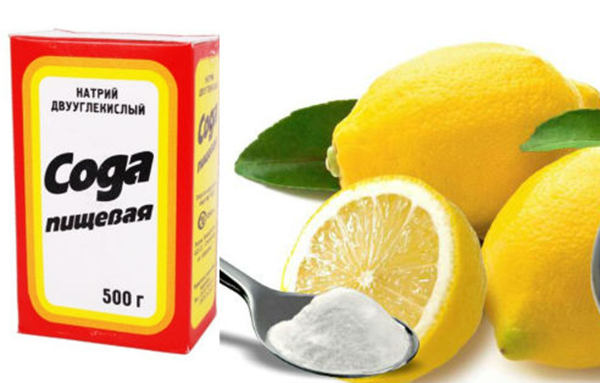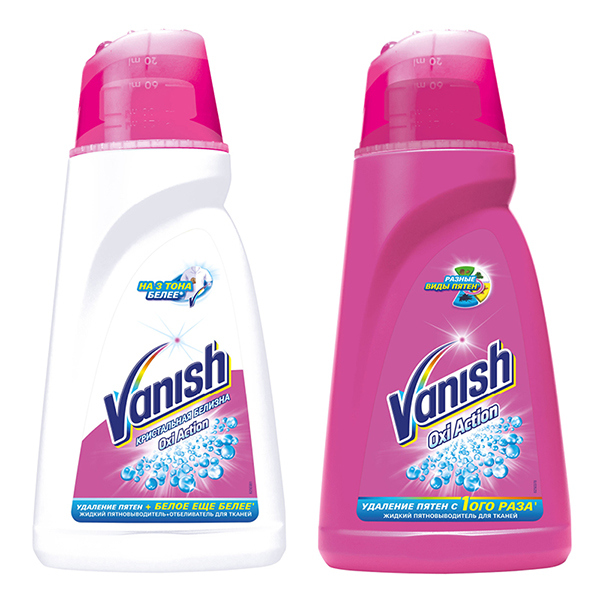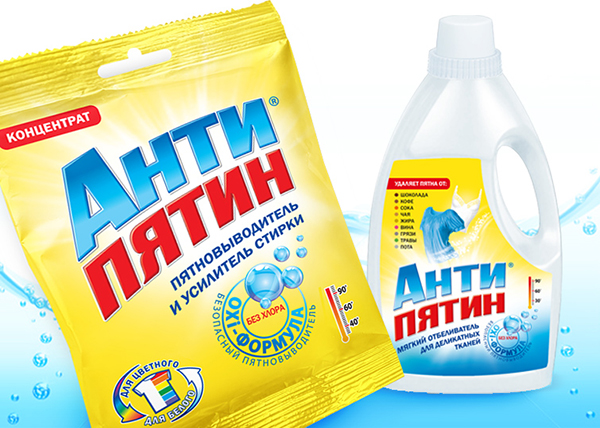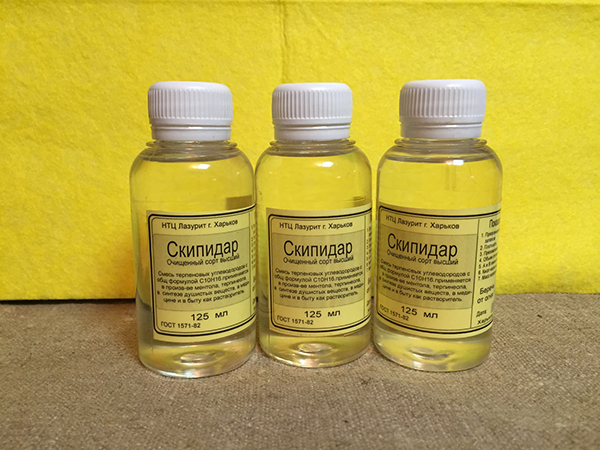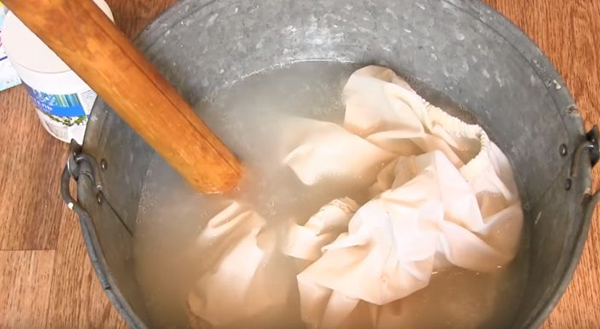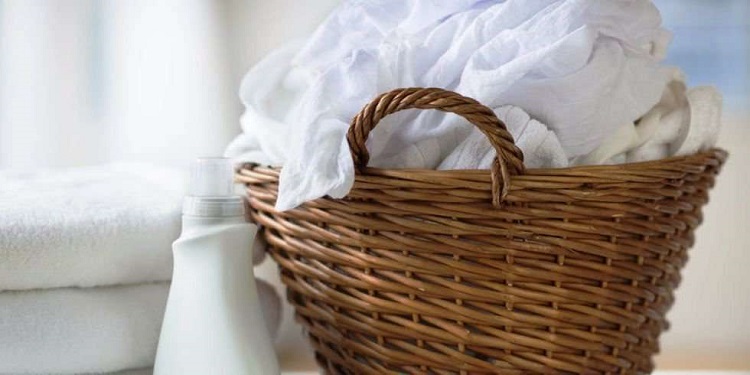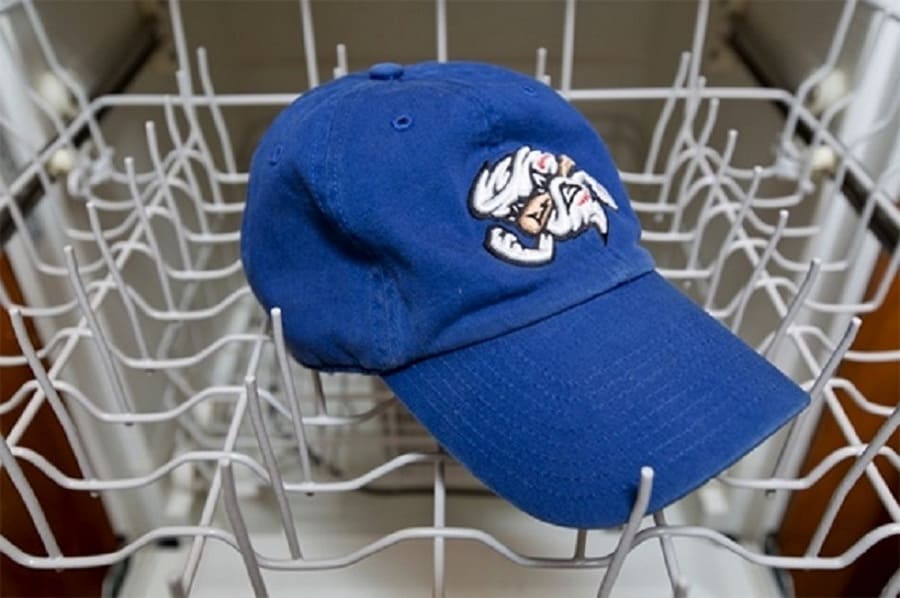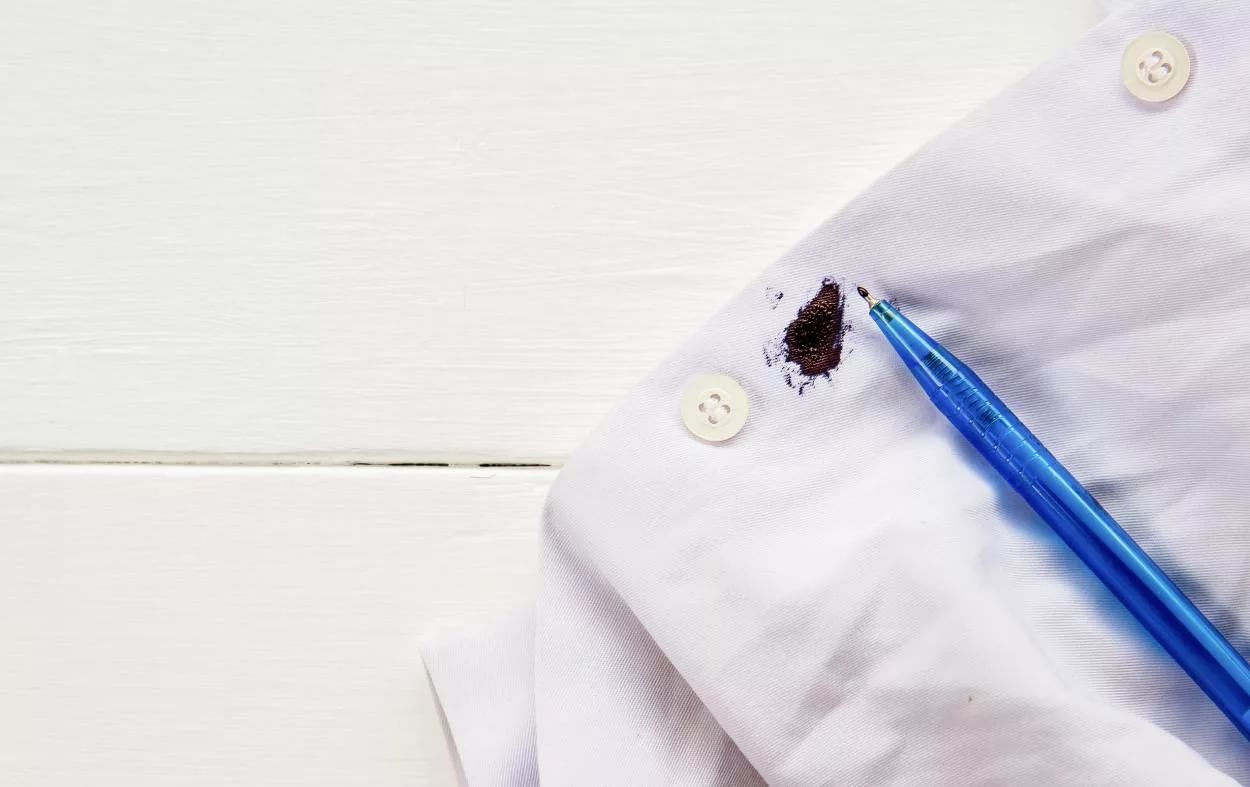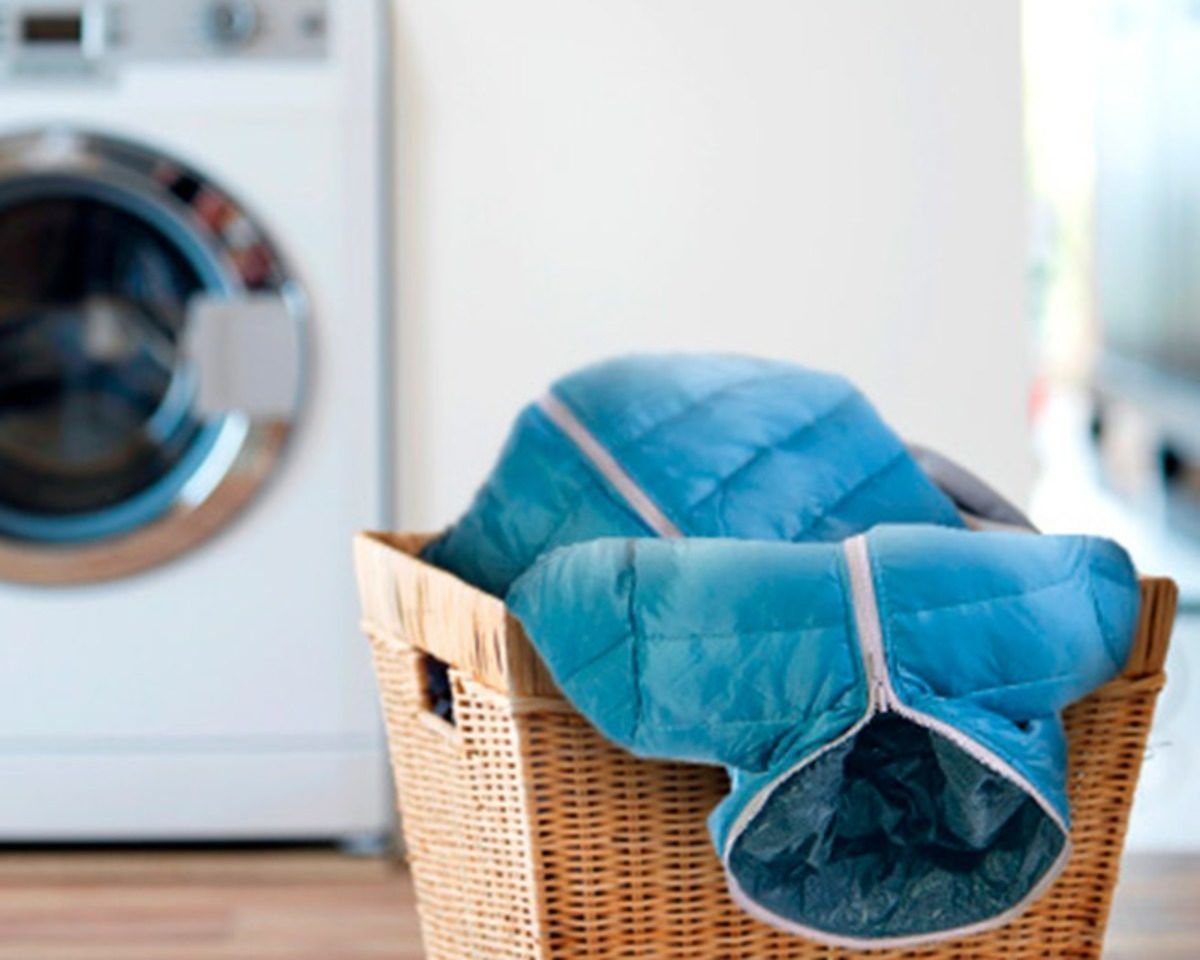White hosiery is an essential wardrobe item for both adults and children. They fit perfectly into a variety of styles - from sports to casual. However, there is one problem that makes many people refuse to wear them - after the first use, stains appear on the items, and after washing, the items become grayish in color, with pellets. The question of how to wash white socks arises for most housewives. In order to cope with pellets and dirt without much effort, you should know a number of simple rules for caring for this wardrobe item.
Washing recommendations
Experts say that it is entirely possible to wash snow-white hosiery, you just need to know a few rules of use and care. First of all, you should pay attention to the label. It always indicates the material from which it is made, and may also reflect information on how to properly wash the socks.
There are also a number of restrictions that owners should be aware of:
- You can't wear items more than once, especially snow-white ones. There simply can't be a "second freshness" for either socks or stockings.
- It is recommended to wash such items immediately after wearing, because ingrained dirt is the main enemy of any white items.
- If the item has openwork elements or decorations, it is prohibited to rub the hosiery intensively during hand washing and to use aggressive household chemicals.
- It is not recommended to wear white hosiery in combination with black shoes, as dark-colored insoles may stain them.
- Soaking with aggressive agents should be used as rarely as possible - they will damage the products.
Washing white socks together with multi-colored items is prohibited. They should be soaked first. For this, for example, a solution of 500 ml of warm water, one teaspoon of apple cider vinegar is suitable - hosiery should be kept in it for an hour. If there is serious contamination, they can be rubbed with special bleaching soap and left until the morning.
White socks are prohibited from being washed in hot water. Any protein stains, such as sweat, for example, are ingrained into the fabric when exposed to boiling water. It is simply impossible to remove them after this.
Another important point to consider when talking about how to wash socks to their original whiteness is the drying process. They should not be placed in direct sunlight or on hot radiators. This will cause the fabric fibers to stick together, and the socks themselves will acquire an unpleasant yellow tint. You should also avoid using a hair dryer or iron. It is better to dry socks in the fresh air in the shade.
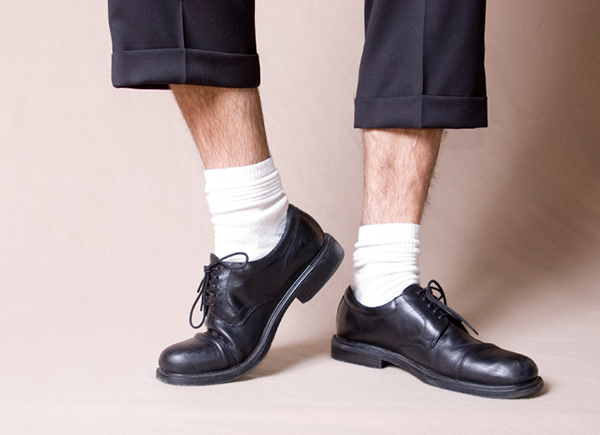
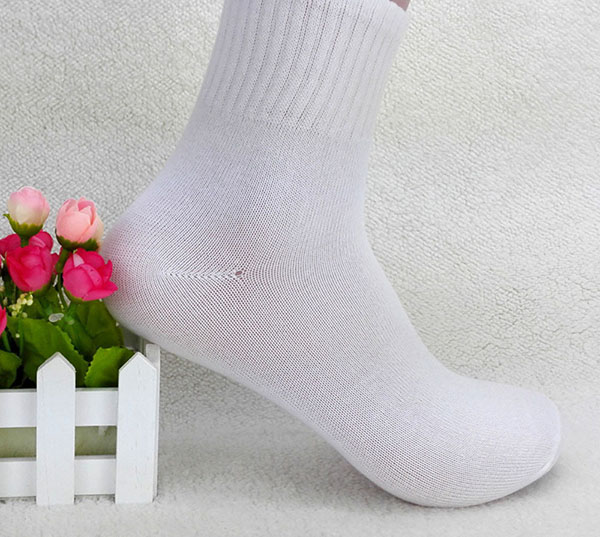
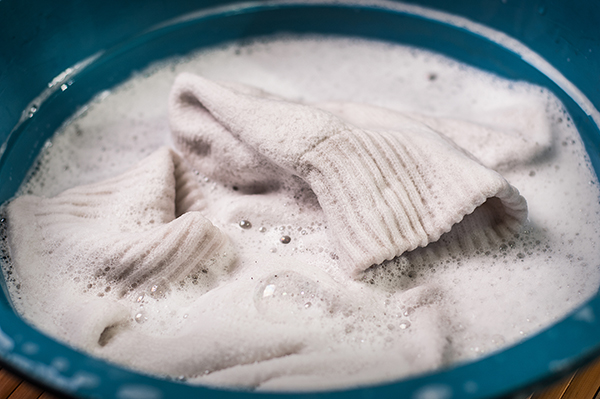
How to Bleach Items Made from Different Types of Fabric
One of the most common and at the same time complex problems is the heavy contamination of the sole. It is important not to let the items get to this state. Hand washing will come to the rescue, which is good because it allows you to use a variety of folk remedies that are absolutely not suitable for machines.
At home, you can wash white socks using proven "grandmother's" methods. According to reviews, table vinegar, soap, and citric acid are effective. Each of them has its own application features, which should be familiarized with before purchasing.
| Laundry soap | Recommended for socks of any material, will clean them from light and medium dirt. Items should first be rinsed in warm water, treated with soap at home, and left for 20-30 minutes. Do this until the desired result is achieved. If dirt cannot be removed, you can put the sock on your hand, use a brush with soft bristles, pre-wetting it in a soap solution. |
| Table vinegar | One of the most gentle folk methods of cleaning hosiery is soaking in table vinegar. You only need 1 teaspoon of the product, which is then diluted in a liter of water. The socks need to be kept in the solution for about an hour, then washed in a convenient way. |
| Citric acid | To remove stubborn stains, you can use citric acid, which can be found in almost any kitchen. First, wash the socks with bleaching soap and leave them for 30 minutes. After that, mix 3 tablespoons of acid with 3 liters of water. It is recommended to keep white socks in this mixture for at least two hours. |
If the stains are so old or strong, you should try to prepare a really powerful product that is suitable for both cotton and synthetic socks. You will need a bleaching powder (preferably oxygen) and regular dishwashing gel. The components should be combined in equal parts. Before washing white socks at home using this composition, you need to foam it a little, apply it to the fabric, wash it, and leave it for about 50-60 minutes. Then wash it by hand. You cannot use this product often, because the fabric may become thinner.
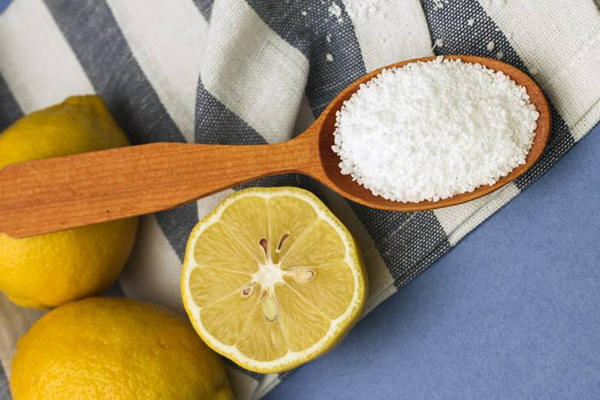
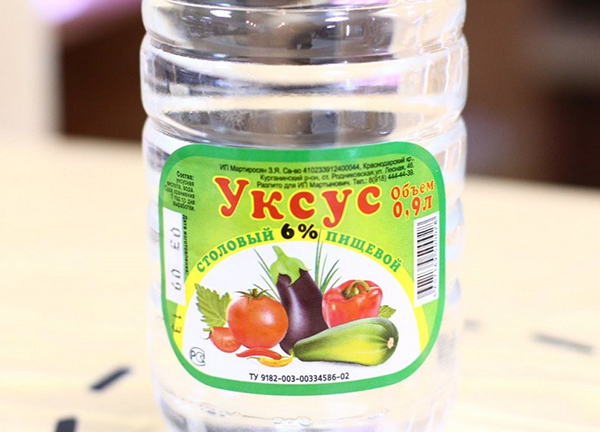
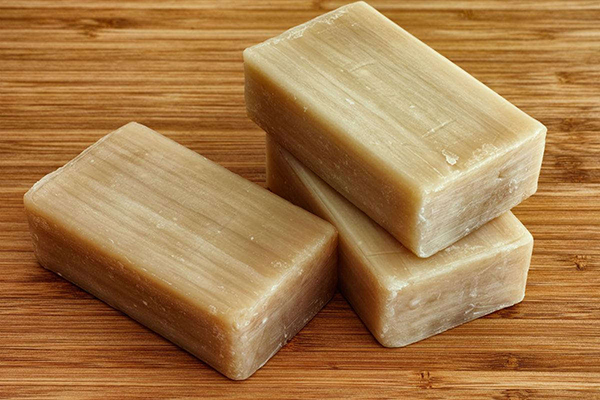
Cotton
To make cotton socks snow-white again, you can boil them. To do this, you will need a saucepan with hot water (3-5 liters), bleaching powder (5-6 tablespoons). For maximum effect, you can add two tablespoons of citric acid. Mix everything, dip the socks in it, and keep them on low heat for half an hour. After boiling, wash the items by hand, especially carefully - dirty areas that hot water could not cope with.
If stains still remain, you can bleach the socks with boric acid. This product can remove even the most stubborn stains. How to use:
- Take acid (1 spoon) for one and a half liters of warm water.
- Keep light-colored socks in the solution for at least two hours.
- If the dirt does not wash off, extend the bleaching process for five hours.
- Next, wash the socks by hand or in a washing machine.
Boric acid is quite toxic and should not be used by pregnant women. Use this product with caution, remembering to wear gloves.
An equally good remedy is ammonia. To wash light socks with it, you will need 2 liters of water, 4 teaspoons of the specified product. It is recommended to keep the fabric in the solution for about 2 hours. Before washing white socks by hand or in a machine, after soaking, you need to rinse them in running water.
Another natural bleach is vinegar. It will instantly return your socks to their perfect appearance. You need to combine water with vinegar - a full glass of table vinegar (9%) is needed for one and a half liters. After that, bring the solution to a boil, immerse light socks in it, remove the container from the heat, and leave for 9-10 hours. Then wash the items with laundry soap or powder that has a bleaching effect. And to prevent the fabric from losing its softness and strength, you can add a small amount of baking soda to the water when rinsing.
Speaking about what folk remedies can be used to whiten hosiery, it is worth mentioning mustard powder separately. Before using it, the fabric must be thoroughly soaped and left for 20-30 minutes. After that, the socks must be loaded into the drum of the machine, add a few tablespoons of mustard powder. It is worth choosing a gentle washing mode, a temperature of no more than 40 ° C.
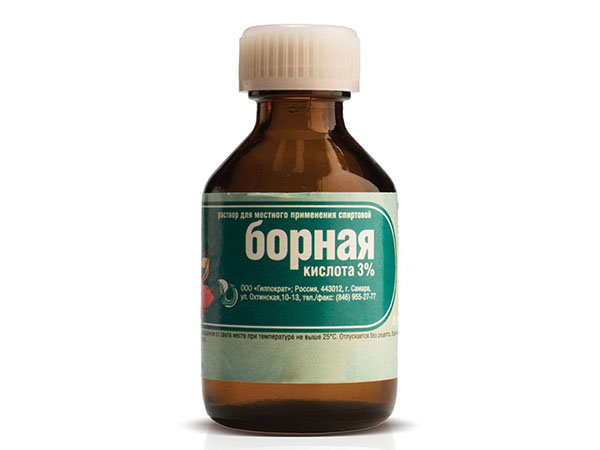

Synthetic
Any synthetic products should never be exposed to:
- soaking or washing with products containing chlorine;
- boiling;
- washing at high temperatures;
- spinning after bleaching.
Any bleach containing chlorine will inevitably cause the fabric to turn yellow. Drying in direct sunlight will do the same. And boiling white socks made from non-natural fibers can cause them to deform.
How to wash white socks made of synthetic materials is a question that requires a special solution. For this, for example, you can use regular table salt: 60 g of it is needed for 1 liter of water. The crystals need to be mixed until completely dissolved, and dirty socks should be immersed in the container. After two hours, the products need to be rinsed and washed in the usual way.
Fresh lemon juice also effectively deals with dirt. There are several ways to use it. Popular methods:
- 1 glass of lemon juice can be combined with soda (a tablespoon is enough), half an hour before washing, hosiery should be soaked in the mixture.
- You can also add freshly squeezed lemon juice directly into the machine – into the powder compartment. In this case, you will need a glass of liquid for one wash.
- If the product has colored patterns, then lemon juice can be used pointwise. It should be applied directly to the stains, and then sprinkle the dirt with powder. To enhance the effect, you can slightly wet the socks and rub the stains with a soft toothbrush. All that remains is to wash the socks in the washing machine.
Woolen
According to experts, it is best to wash white wool socks by hand, because this material is quite capricious - when wrung out in a machine, it is easily deformed, as well as from exposure to high temperatures. How to bleach such things is the question of most housewives. Each finds her own methods. You should choose special bleaches and gels that are suitable specifically for hosiery wardrobe items made of woolen thread.
The whitening process should look like this:
- Before washing, socks should be shaken well from the outside and inside to remove dust;
- then the product needs to be soaped and rubbed gently;
- It is recommended to wash hosiery items in water with a temperature not exceeding 30 degrees;
- then rinse the items thoroughly but very carefully, without wringing and squeezing.
- It is recommended to dry them in a laid out form.
How to wash white wool socks so that they do not shrink is a question that requires detailed consideration. The most gentle remedy is baking soda. You will need a small basin of cold water and a little of the specified substance (2-3 tablespoons will be enough). The soda grains need to be dissolved and then soaked in the product for three hours. After that, it is recommended to rinse them in cool water and dry them.
Hydrogen peroxide is no less effective. To prepare homemade bleach, you will need:
- water – 3 l;
- peroxide – 2 tbsp;
- ammonia – 1 tbsp.
Pre-rubbed socks with laundry soap should be kept in such a solution for at least 16 hours. Afterwards, they should be washed by hand.

Removing Paint from Shoes
Dark marks from shoes usually appear on snow-white products in two cases - if the feet are sweaty or if the insoles are of poor quality. How to wash white socks from black soles if the stains are not old is a question that requires detailed consideration. You will need Domestos or any other product containing chlorine, for example, bleach. In equal parts, you need to combine it with cool water, wet a napkin or sponge in the solution, and then treat the stains, after 30-40 minutes wash the socks in the usual way.
Any chlorine-containing compounds are permitted only for items made from 100 percent cotton.
To whiten wool or synthetic socks, you can use undiluted lemon juice. Apply it to the stains, leave for 10-15 minutes, and wash the item. You can repeat the procedure until the black marks disappear. A concentrated hydrogen peroxide solution will also work - you will need two tablespoons of the product per liter of water. Keep the socks in the solution for 15 minutes, then wash them in warm water.
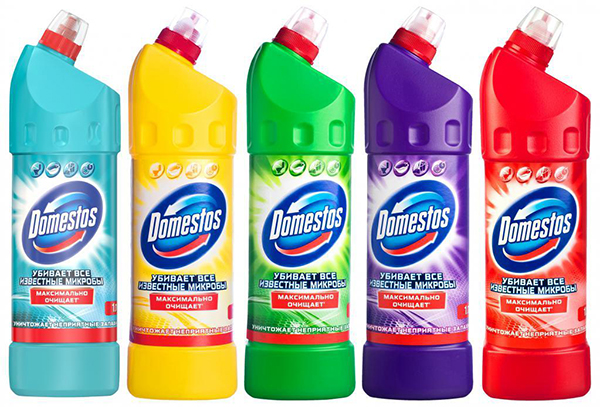
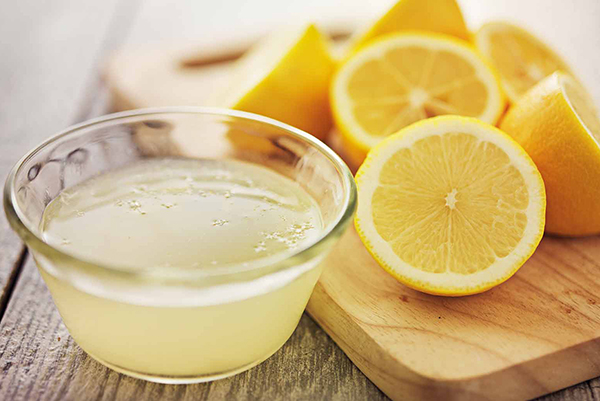
How to restore whiteness to greyed socks
You can wash your socks from dirt, as well as remove the grayish or yellow tint, in several ways that will make the products as white as before the first wear. Recommended products:
- Turpentine. For 3 liters of water at room temperature, take 1 tbsp. of washing powder and the specified product. Keep the socks in the composition for about three hours, and then wash thoroughly.
- Chlorine-based products. Dissolve 2 tablespoons of the substance in 2 liters of water and then soak the socks for 24 hours. There will be no gray or yellow residue left on them.
- You can use professional products, such as Antipyatnin or Vanish.
- Peroxide with ammonia. For 2 waters you will need 1 tbsp. of ammonia, 3 tbsp. of peroxide and 2 tbsp. of salt. The items should be soaked for three hours and then washed.
Rules for boiling
In order to wash white socks as quickly and effectively as possible, many housewives resort to boiling. This procedure requires compliance with a number of rules:
- First of all, it is recommended to choose a container. It should be a saucepan made of stainless steel or enameled. Galvanized and aluminum containers are not suitable, because when heated, they form oxides, which is why the thing can acquire a rusty shade. The saucepan should be large enough, otherwise the foam will "run away".
- Fabrics that require careful handling, wool or synthetics cannot be boiled. Only linen and cotton can be used. Only baby soap or gentle powders should be used for this. For a kilogram of dry laundry, you will need a container with a capacity of 12 liters.
- You can only load laundry into cool water, as boiling water sets the dirt in, thereby complicating the washing process.
- Things should be boiled on low heat, stirring regularly. For this purpose, you should use unpainted wooden tongs. If the things were pre-soaked, then they should be boiled for about 30-40 minutes. If not, the duration of the process should be at least one and a half hours from the moment the solution boils.
You can remove the items from the pan only after the water has cooled down.
Machine Washing Recommendations
Before washing socks, they should be thoroughly rinsed to remove dust and sand. You can pre-rub the items with bleaching soap and continue working in the morning. Another option is to use a solution of apple cider vinegar. You will need a teaspoon per half a liter of warm water. Wash the items inside out.
There shouldn't be any particular problems with what exactly to wash white socks in the washing machine. The most common powder or gel will do. In general, the process of washing white socks is not much different from washing colored ones.
To wash colored socks and white items from dirt, rinse them, sort them by shade and fabric, put them in the machine, add 4-5 tennis balls to the drum and start the appropriate mode. Experts recommend choosing the "Cotton", "Synthetics" or "Wool" programs, depending on the material of the items, and set the temperature to no more than 60 degrees. It is better to turn off the "Spin" option.
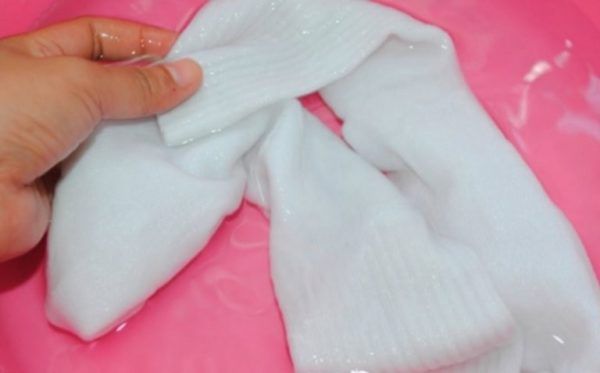

What ready-made products to use
Today there is a huge number of whitening products available in a variety of formats – liquids, powders and gels. Based on expert assessments and customer reviews, you can compile a rating of ready-made bleaches, which usually includes "Myth", "Sarma", Dosia. Review of some popular products:
- "Eared Nanny". Its main advantage is that it is equally effective for all types of fabrics, it does not contain aggressive components that cause allergic reactions. The product removes not only ingrained dirt, but also foreign odors from the first time.
- "Sarma". This bleach is able to cope with dirt even at low temperatures, it is equally good for products made of different materials, and it can be used not only for hand washing, but also in the machine.
- Vanish Oxi Action. This product is indispensable for housewives who want to make whites even whiter. It can be added to powder or used while soaking things. It dissolves perfectly in water, removes stains and disinfects things.
- Dosia. The main advantage of this disinfectant gel is its ability to remove ingrained stains. It can be used at a water temperature of 30 to 60 degrees.
- ACE. This product is suitable for both machine and hand washing of white socks. It effectively removes stains, while giving the fabric shine and whiteness, and protects against the appearance of gray plaque.
- Synergetic. This product does not contain chlorine. This means it is suitable not only for cotton, but also for wool or synthetics. It can be used to remove stains, unpleasant plaque, and solve the problem of white socks getting stained when washing with colored items.
If the chosen method did not help to whiten the item, do not despair. It is better to buy a new pair and provide it with proper care from the very beginning. To do this, it is worth using products from trusted manufacturers.
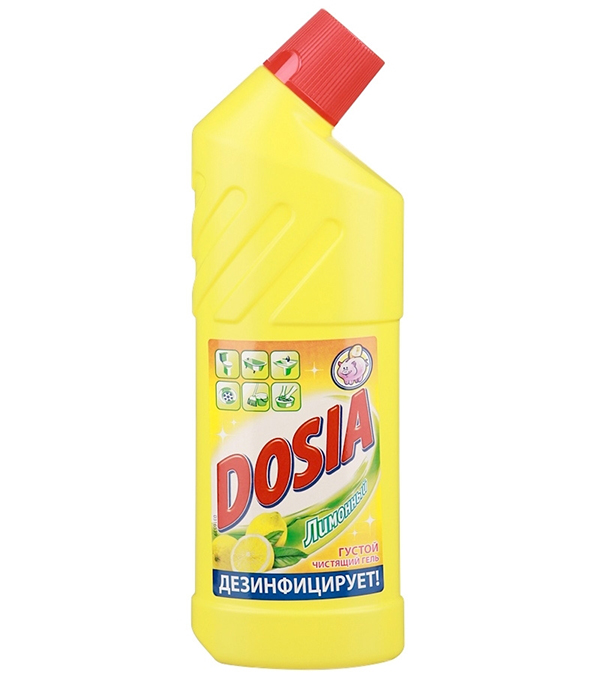

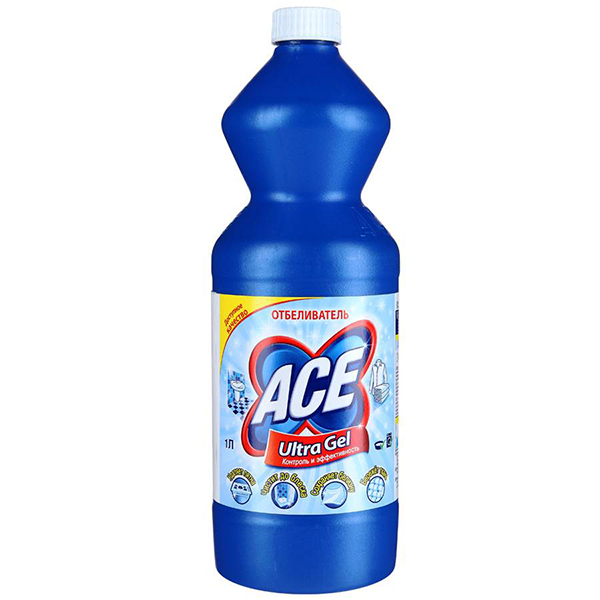
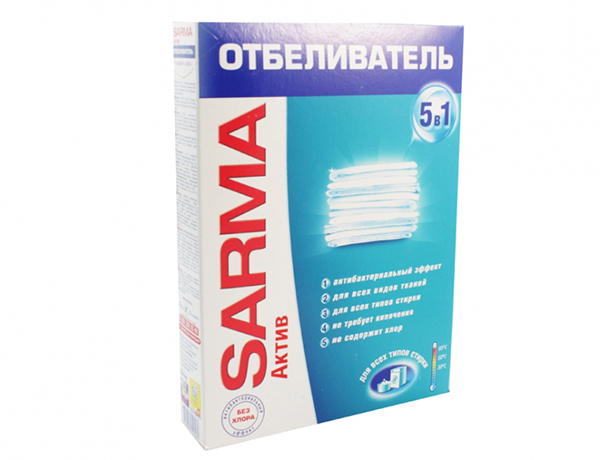

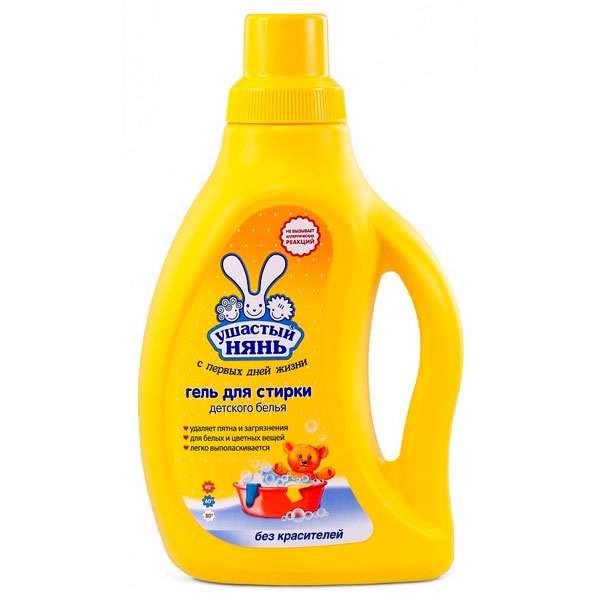
Video

